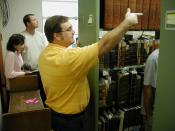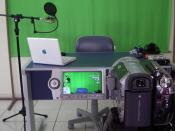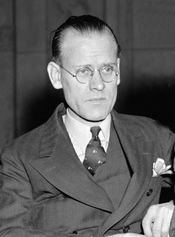It's a good sum up about television and it's history and afffects on society Great work, more diagrams needed.
The Development of the Television
Television, our link to the changing world around us. Once thought to be just a passing phase through a quickly advancing society, but now a common innovation in every household. Since the l940s television has become the window on the world for much of industrialized society. Anything the eye can see may be brought to the little screens in living rooms, bedrooms, and kitchens. What comes through the window, however, does not always please everyone. Television has been called 'a vast wasteland'(Cheney 14) by Newton Minow, the Federal Communications Commission chairman under U.S. President John F. Kennedy, and now many question the limits television has with respect to the vulgarity exhibited. If television has persisted in offering mindless entertainment, it has also frequently rewarded viewers with outstanding presentations in drama, documentary, and the arts, and it has made such programming available to millions of people across the globe.
HISTORY OF TELEVISION TECHNOLOGY
The events leading to television began in 1817, when a Swedish chemist named Jons Jakob Berzelius discovered the chemical element selenium. Later it was found that the amount of electrical current that selenium could carry depended on the amount of light that struck it. This property is called photoconductivity. The discovery led an American inventor, G.R. Carey, to make the first crude television system using photoelectric cells. In 1875 he constructed a panel of photoelectric cells with many of them side by side. Each cell was connected by a wire to a corresponding electric light bulb in a panel. As an object was focused through a lens onto the panel of photoelectric cells, each cell controlled the amount of electricity it passed on to...


